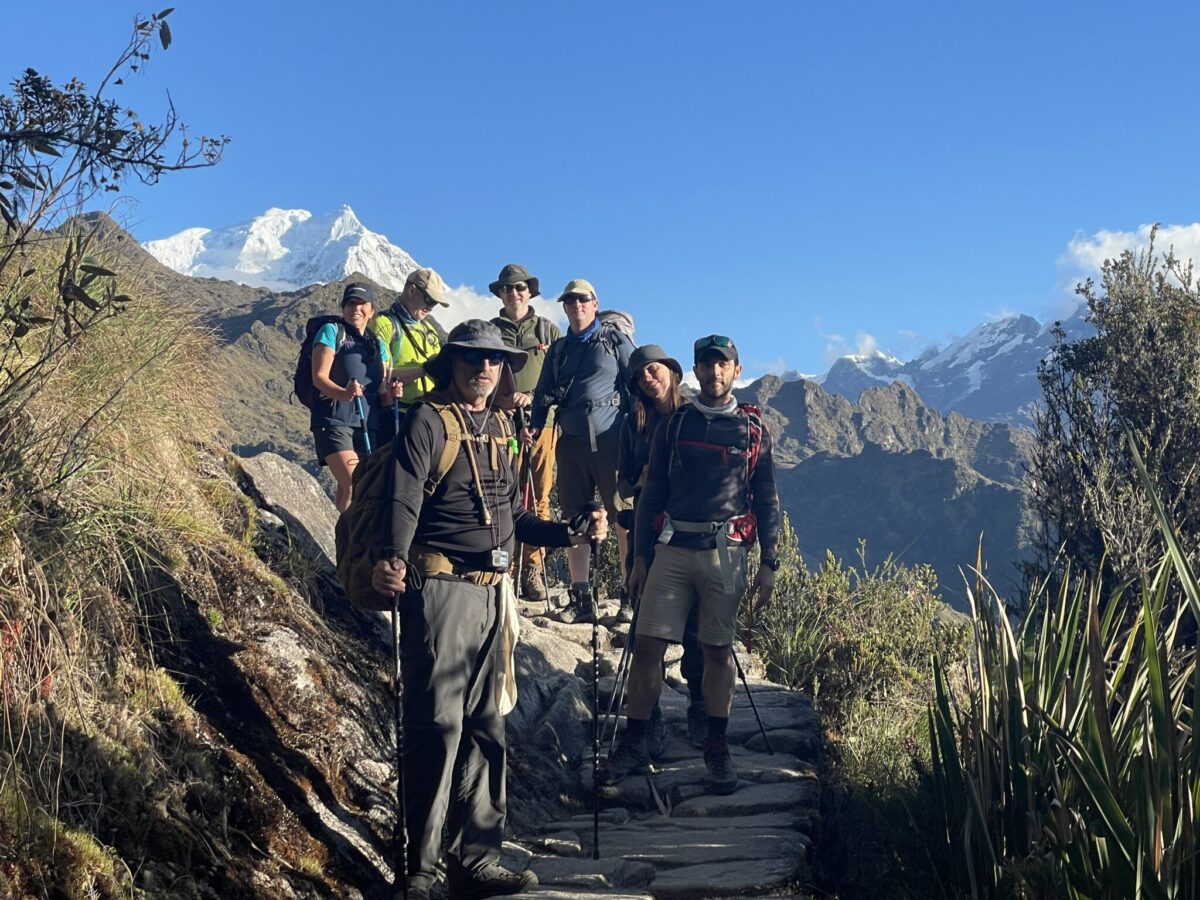This is what I wish I knew before hiking the Inca Trail to Machu Picchu and why the classic 5-Day Trek is the best way to experience the Inca Trail trek to Machu Picchu. Twenty years ago, I hiked the Inca Trail for the very first time—and I did just about everything wrong.
I was young, excited, and completely unprepared. My friends and I were picked up at 3 a.m. in Cusco, rushed straight onto the trail, and basically let loose with little direction. We made wrong turns, missed some of the best archaeological sites, and to make things worse, two of my friends got food poisoning and never even saw Machu Picchu. It was supposed to be the adventure of a lifetime, but honestly—it turned into a terrible experience.
Learn From our Experience
Fast forward to today: I’ve now hiked the Inca Trail more than 25 times, guided hundreds of trekkers, and learned exactly how to make this journey unforgettable. Looking back, I wish someone had told me the right way to experience this trail. The truth is, the classic 5-day Inca Trail itinerary is the best way to trek to Machu Picchu. The traditional 4-day option is too rushed, and the 2-day routes skip most of what makes the trail magical.
If you want to truly experience the Andes, connect with Inca history, and arrive at Machu Picchu with a sense of wonder rather than exhaustion, the 5-day classic trek is the way to go. We will hike into Machu Picchu at 4:30pm and enjoy a magical moment with this ancient place.
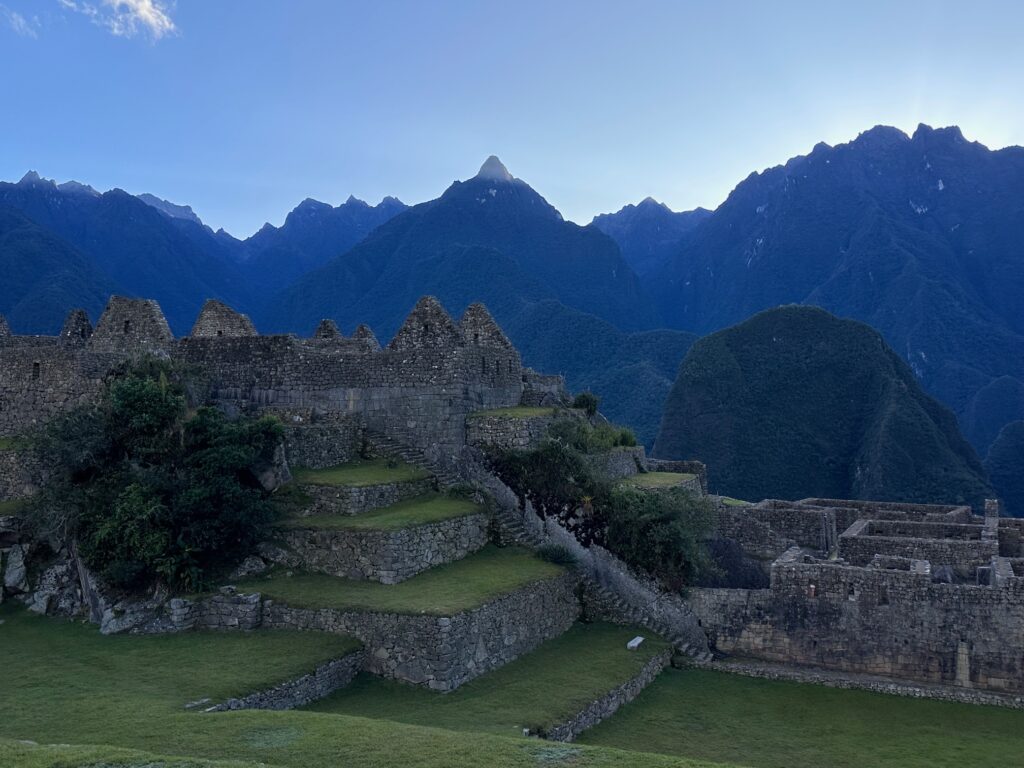
Here’s everything I wish I had known before setting foot on those ancient stones.
1). Altitude and Acclimatization
What I Wish I Knew: On my first trek, I underestimated altitude. We did not have enough time in Cusco. We pushed too hard, too fast, and paid the price. With the 5-day classic itinerary, you ascend gradually, giving your body more time to adjust. This means fewer headaches, less fatigue, and an all round better experience.
Why It Matters: More time in Cusco, then spending the night in Ollamtaytambo before Camping in Wayllabamba on the longer itinerary provide essential acclimatization. That extra time aid with fatigue and altitude related issues crossing the Dead Woman’s Pass 13,828 feet (4,215m). This is a tough climb up and down. The classic itinerary make this much more manageable.
Pro Tip: Spend 2 days in Cusco before your trek. Hydrate constantly, walk slowly, and never underestimate how altitude can impact even the fittest trekkers. Maybe join one of our guided hikes to Sacsayhuaman while acclimatizing in Cusco.

2). Best Time to Trek the Inca Trail
What I Wish I Knew: The weather shapes your entire trek. On my first trip, we faced rain that turned the trail into a river of stone steps. While this can happen in any month, there are months you really want to considering making this journey. You can read more about the best months for trekking the Inca Trail.
Why It Matters: April–October is the dry season, with May and September often considered the sweet spots: fewer crowds, clearer skies, and greener valleys. November–March are considered the rainy season—lush but the terrain and trail can be challenging, with reduced visibility and slippery trails.
Pro Tip: Avoid February. The trail is closed for maintenance.
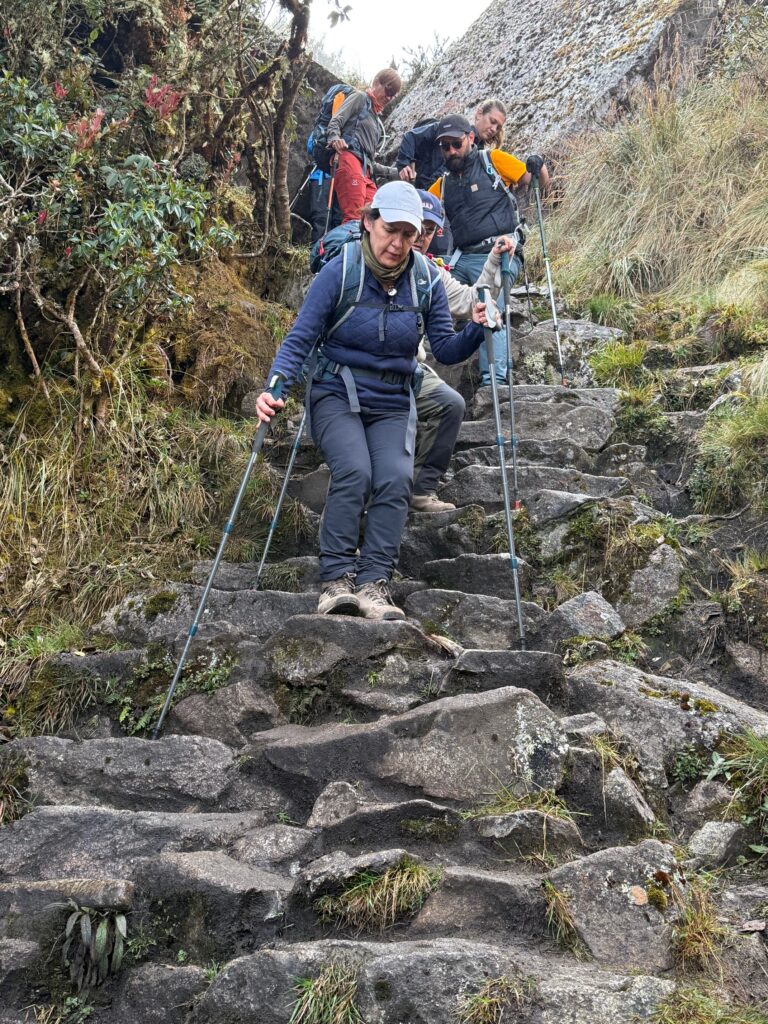
3). Physical Preparation
What I Wish I Knew: I thought my everyday fitness would carry me through. Wrong. The Inca Trail is filled with steep climbs, endless stone steps, and long days carrying a backpack. Even trail walking is not enough. Walking up and down stairs require a very specific leg strength. Read some training advice on best to prepare for the trek to Machu Picchu.
Why It Matters: The Dead Woman’s Pass and the endless Inca staircases require endurance and leg strength. Being unprepared makes the trek painful instead of enjoyable. You are also risking you own and others safety but not coming physically prepared.
Pro Tip: Train for at least 12–18 weeks before your trek. Include long hikes with a weighted pack, stair climbs, and cardio sessions to build stamina. Don’t forget to train for the downhill.
4). Culture, Scenery and Trail Variety
What I Wish I Knew: I thought the Inca Trail was just about getting to Machu Picchu. But the trail itself is the real treasure. Not to mention the high mountain passes, cloud forests, ancient ruins like Sacacmarca and Wiñay Wayna, and starlit skies that take your breath away.
Why It Matters: Rushing through the 4-day trek makes you miss so much. The 5-day trek gives you the time to absorb the culture, hear the stories from your guides, and connect with the land.
Pro Tip: Slow down. Talk to your guides. Take in every sunrise and every ruin along the way—it’s what makes this trek magical.
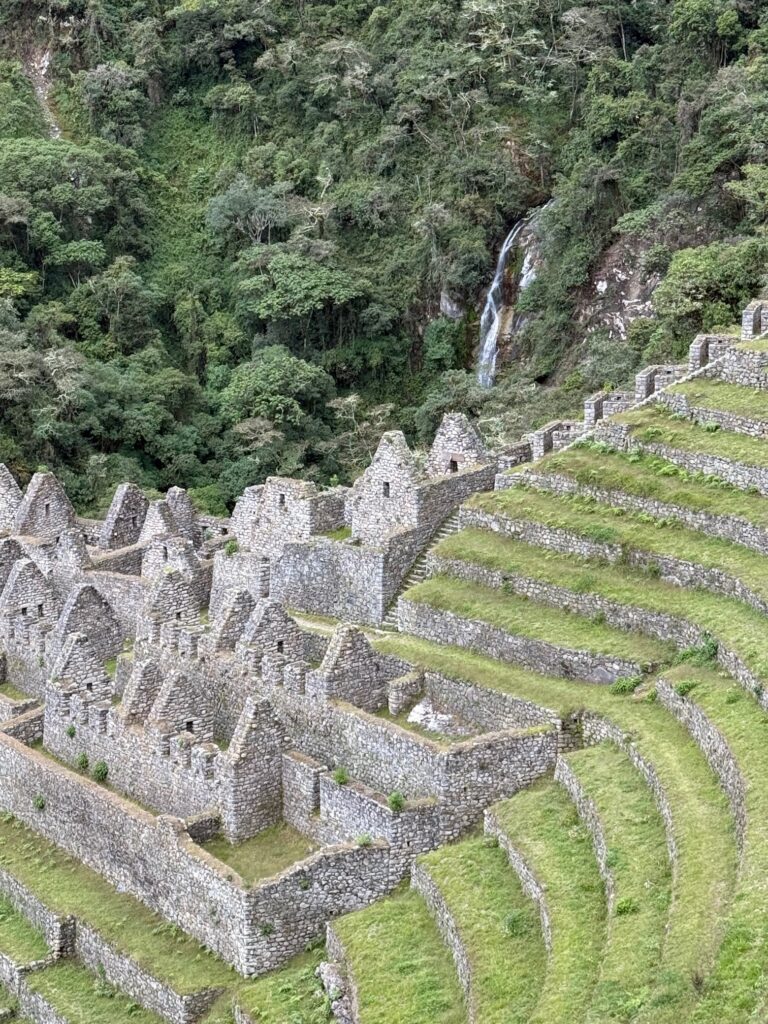
5). Essential Gear for the Inca Trail
What I Wish I Knew: I underestimated how cold nights could get and how quickly storms roll in—even in dry season. You need to come with the correct clothing and gear for all seasons. I can not tell you the amount of times people don’t sleep because they brought the wrong sleeping bag. Having the correct air mattress, or down jacket and layers is just as important as having enough socks and proper backpack. If you sign up for one of our trips we will send you a full itemized kit list.
Why It Matters: The right gear can mean the difference between misery and comfort. A bad night’s sleep at altitude can ruin your trek.
Pro Tip: Bring broken-in boots, quality rain gear, trekking poles, and layers (including merino socks and a warm down jacket). Pack electrolytes and energy snacks for tough climbs. A headlamp is essential for early starts and navigating camp at night.

6). Small Group & Support Team Values
What I Wish I Knew: Hiking in a big group of 20 people with minimal support left me frustrated and uninspired. The guides didn’t explain much, and the food was poor quality. Staying together as a group following the correct pace is so important on any high altitude trek. Safety first!
Why It Matters: On the Inca Trail, small groups (10 people or less) and excellent support make all the difference. Knowledgeable guides bring the ruins to life, attentive staff keep you safe and comfortable, and well-prepared meals fuel your journey.
Pro Tip: Choose a trekking company with a high guide-to-client ratio and strong local support. At Ian Taylor Trekking, for example, we run small groups with extra guides and chefs so every trekker feels supported. We also support our porters community and pay them 25% more than other companies.

7). Time, Budget & Memory Trade-Off
What I Wish I Knew: I chose the shortest, cheapest option my first time. In the end, it cost me the real experience. I missed all the good stuff, like starting at normal hour of the day in Ollantaytambo. Camping at Phuyupatamarca, experiencing Sayacmarca and Winaywayna Inca sites. Arriving at Machu Picchu in the late afternoon is the most magical way to experience this once-in-a-lifetime journey.
Why It Matters: The 5-day classic itinerary costs a little more and takes longer, but it creates deeper memories, better acclimatization, and a richer cultural journey. This itinerary offers the best campsites, 4 hotel nights, staying in Ollantaytambo and Aguas Calientes.
Pro Tip: Think of the Inca Trail as an investment. Don’t just tick Machu Picchu off a list—earn it, live it, and take home the full story.
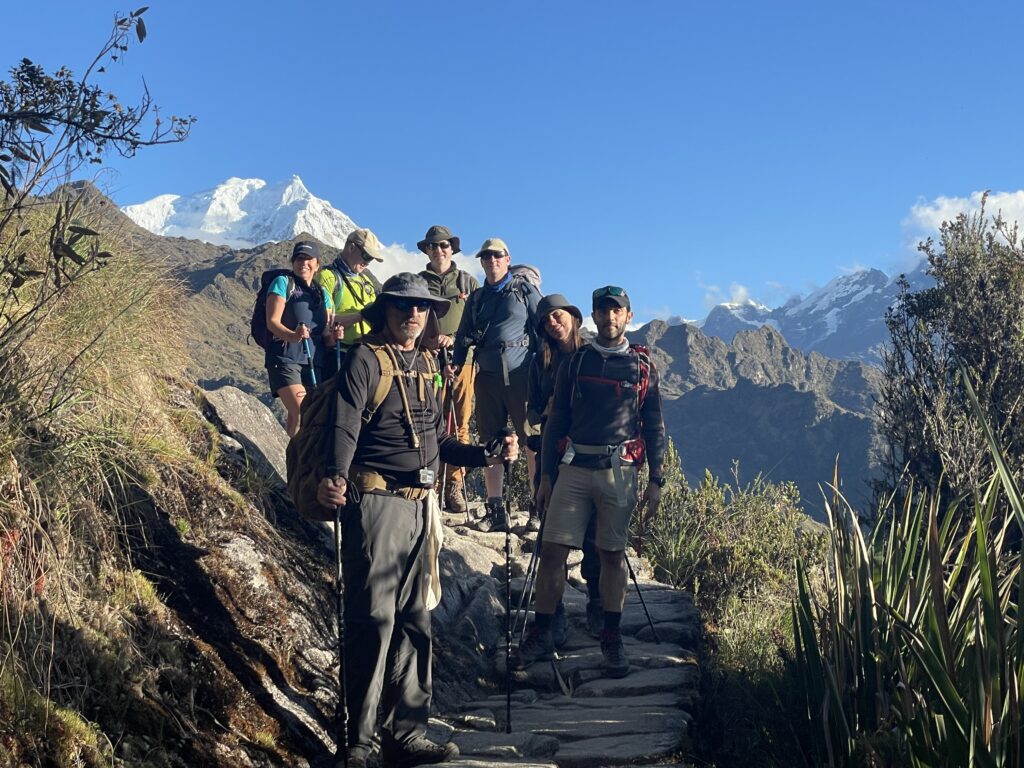
Final Thoughts: Why Go Classic?
If there’s one lesson I’ve learned after 25+ treks, it’s this: the journey matters just as much as the destination. The 5-day classic Inca Trail gives you time to breathe, discover, and feel the Andes beneath your feet. Machu Picchu is extraordinary, but it’s the moments on the trail—the ruins, the passes, the laughter in camp—that will stay with you forever.
Don’t repeat my first mistake. Don’t rush. Take the classic trek, prepare well, and experience the Inca Trail the way it was meant to be experienced.
Frequently Asked Questions About the Inca Trail
1). How Difficult is the Inca Trail to Machu Picchu?
The classic Inca Trail is a challenging trek. While you don’t need technical climbing skills, you’ll face long hiking days, thousands of uneven Inca stone steps, and high-altitude passes—like Dead Woman’s Pass at 4,215m (13,828ft). Even fit trekkers are surprised by how demanding the stairs feels at altitude. The key is preparation: train with a weighted backpack, build endurance, and practice hiking hills or stairs before your trip. Don’t forget training for the downhill.
2). How Many Days do I Need to Hike the Inca Trail?
You can choose from 2-days, 4-days, 5-day or 6-day itineraries, but the 5-day classic Inca Trail is by far the most rewarding. The extra time allows for proper acclimatization, visits to more Inca ruins, and a deeper cultural experience. The 5-day option spreads the mileage out, avoids rushing, and lets you enjoy the trail the way it was meant to be walked.
3). What is the Best Time of Year to Hike the Inca Trail?
The dry season from April to October is the most reliable time to trek. May and September are particularly ideal, offering clear skies, lush green valleys, and fewer crowds than peak season. The rainy season (November to March) brings vibrant landscapes but also wet trails and limited visibility. Remember: the trail is closed every February for maintenance.
4). Do I Need a Permit to Hike the Inca Trail?
Yes—permits are mandatory and limited. Only 500 people are allowed on the trail each day, which includes trekkers, guides, and porters. Permits can sell out six months in advance during peak season, so booking early with a licensed trekking company is essential. Without a permit, you can’t set foot on the trail.
5). What Should I Pack for the Inca Trail?
Pack the correct layers and reliable rain gear, no matter the season. Days can be warm in the sun, but nights are often cold at altitude. Essentials include:
- Broken-in trekking boots and extra socks (merino wool works best)
- A warm fleece and lightweight down jacket
- Quality rain gear and waterproof cover for your pack
- Trekking poles to save your knees on stone steps
- Headlamp for early mornings and around camp
- Sunscreen, insect repellent, and reusable water bottles with purification tablets
And don’t forget snacks or electrolytes for energy on the steep climbs. We will provide you with a itemized kit list in our 40 page dossier.
6). How do I Prepare Physically for the Inca Trail?
Training is critical. Aim for 3–4 sessions per week, 3 months in advance of your trek. You can mix up your training cardio (running, cycling, stair master). Hill work up and importantly down with a weighted backpack is best is important.
Think more about training for the downhill, excellent balance and leg strength are important for moving safely through this trail. Here is our training advice and read more about training for the down hill. Include long weekend hikes of 4 hours with a weighted daypack to mimic trail conditions. The better prepared you are, the more you’ll enjoy the journey instead of just enduring it.
7). Is Altitude Sickness a Big Risk on the Inca Trail?
Potentially. The trail climbs up to 4,215m (13,829ft), where oxygen levels drop significantly. Even very fit trekkers can be affected. Spending 2 nights in Cusco (3,400m / 11,150ft) before the trek helps your body adjust. Make sure your guide is pacing the trip throughout the whole trip, this improves your safety and experience. Walk slowly, drink plenty of water, and avoid alcohol before and during your hike. The classic 5-day itinerary also helps because it gives your body extra time to acclimatize.
8). Why Choose the Classic Trek instead of the 2 or 4 Day Inca Trail?
The shorter treks are convenient if you’re pressed for time, but they miss the heart of the Inca Trail. The classic route stays in Ollantaytambo and Phuyupatamarca and you will have time to tour ruins like Sayacmarca and Wiñay Wayna. ending with the unforgettable afternoon walk through the Sun Gate into Machu Picchu as the sun goes down. Hands down the classic 5-day itinerary is the way to go.
9). Can Anyone Trek the Inca Trail?
Most healthy adults can complete the trek with preparation. Children over 12 with hiking experience usually manage well, but the full trek is not recommended for younger kids. Anyone with heart or lung conditions should consult a doctor first. If you put in the training, the trail is very achievable and incredibly rewarding.
10). What Makes Trekking with Ian Taylor Trekking different?
We believe the Inca Trail is about more than reaching Machu Picchu. It’s about the slow journey through history, culture, and the Andes, not a rushed one. That’s why we keep our groups small, maintain one of the best guide-to-client ratios on the trail, and provide the best food and support staff. Our itinerary is designed for better acclimatization and a richer experience, so you don’t just “see” the Inca Trail—you live it. Read some reviews from our trips.
